Ted Williams
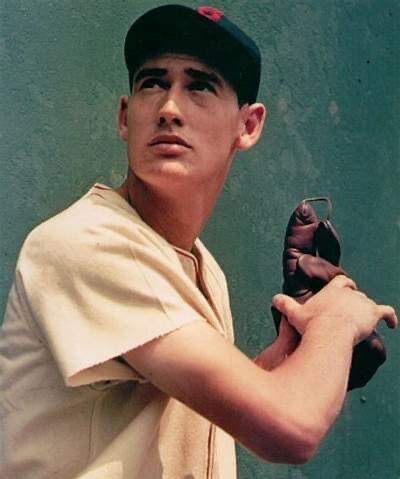
| Birthdate | 8/30/1918 |
| Death Date | 7/5/2002 |
| Debut Year | 1939 |
| Year of Induction | 1966 |
| Teams | Red Sox |
| Position | Left Field |
The Kid, The Splendid Splinter, The Thumper, Teddy Ballgame. Does Ted Williams have the highest number of recognizable nicknames in history?
Leave a commentIn the collection:
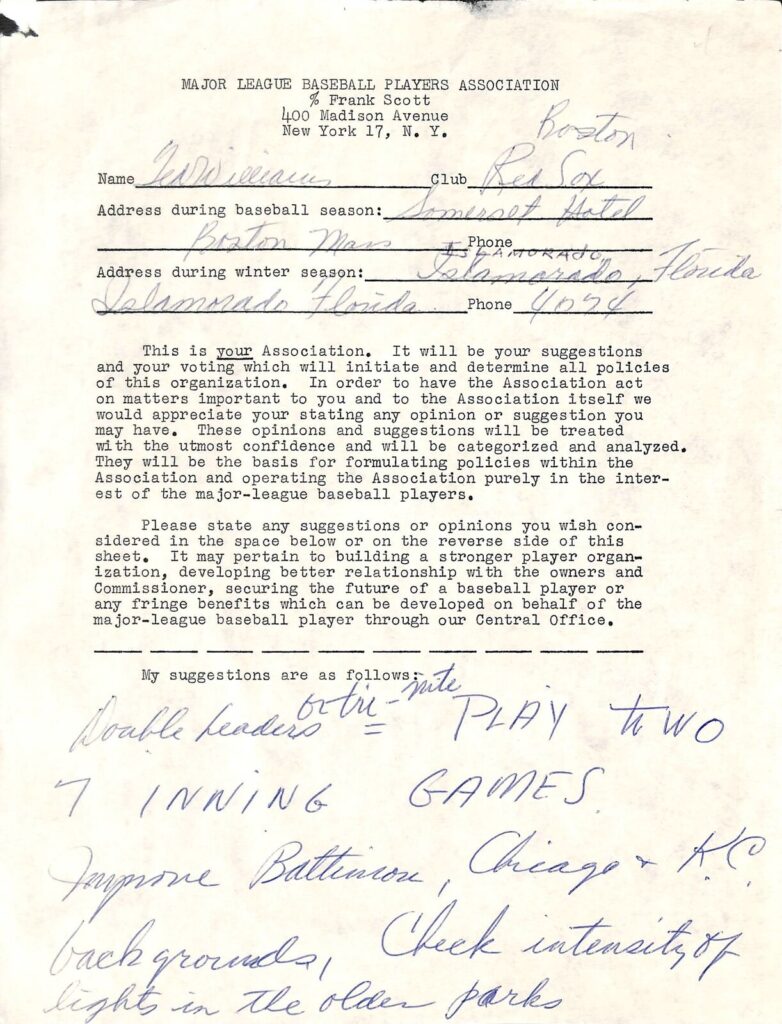
Ted Williams eyesight helped make him one of the greatest hitters of all time
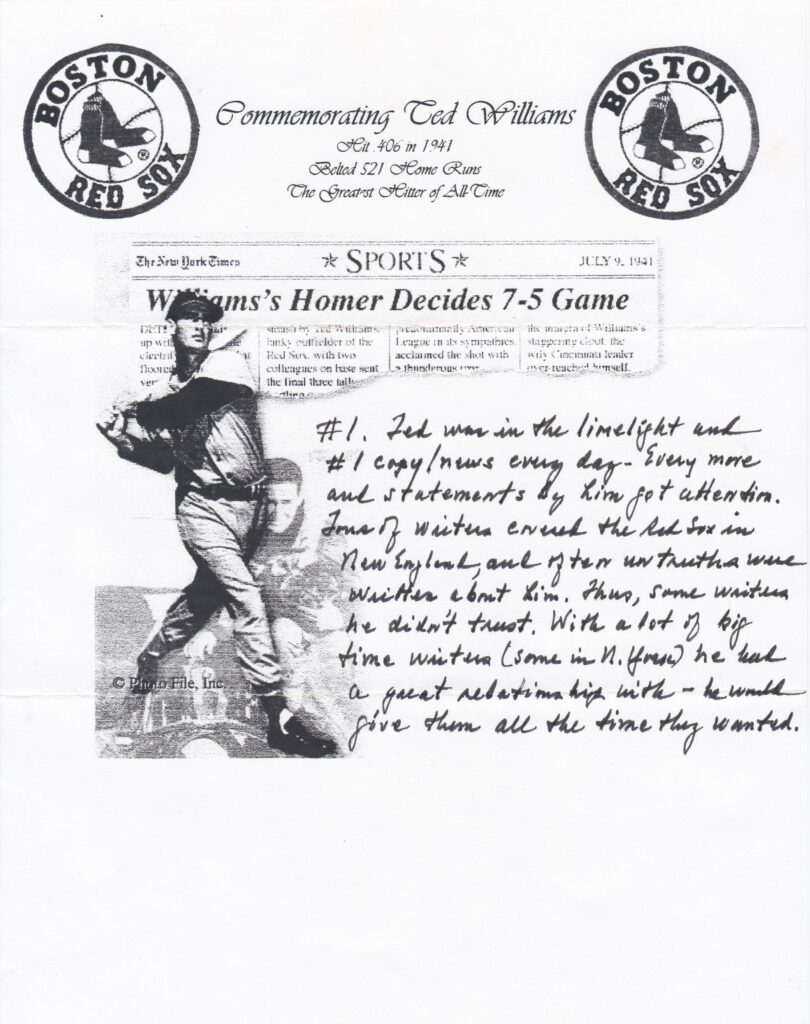
Ted Williams' relationship with the baseball writers was bumpy for much of his career
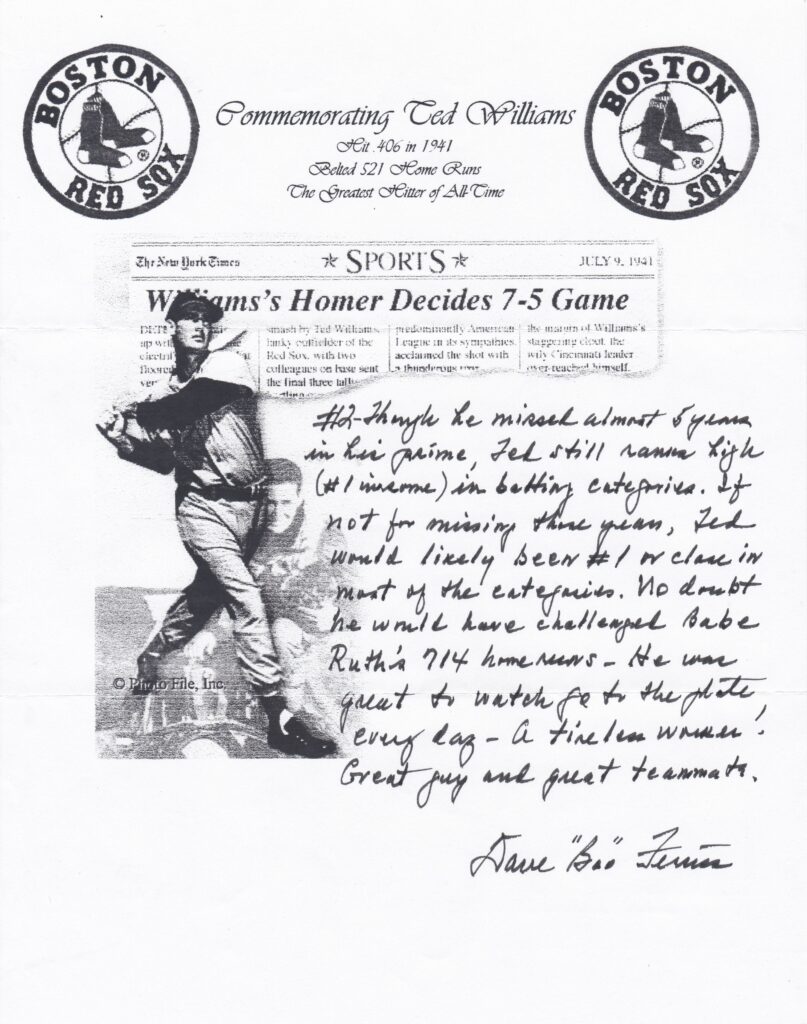
Ted Williams missed nearly five full seasons to military service - what if he hadn't?
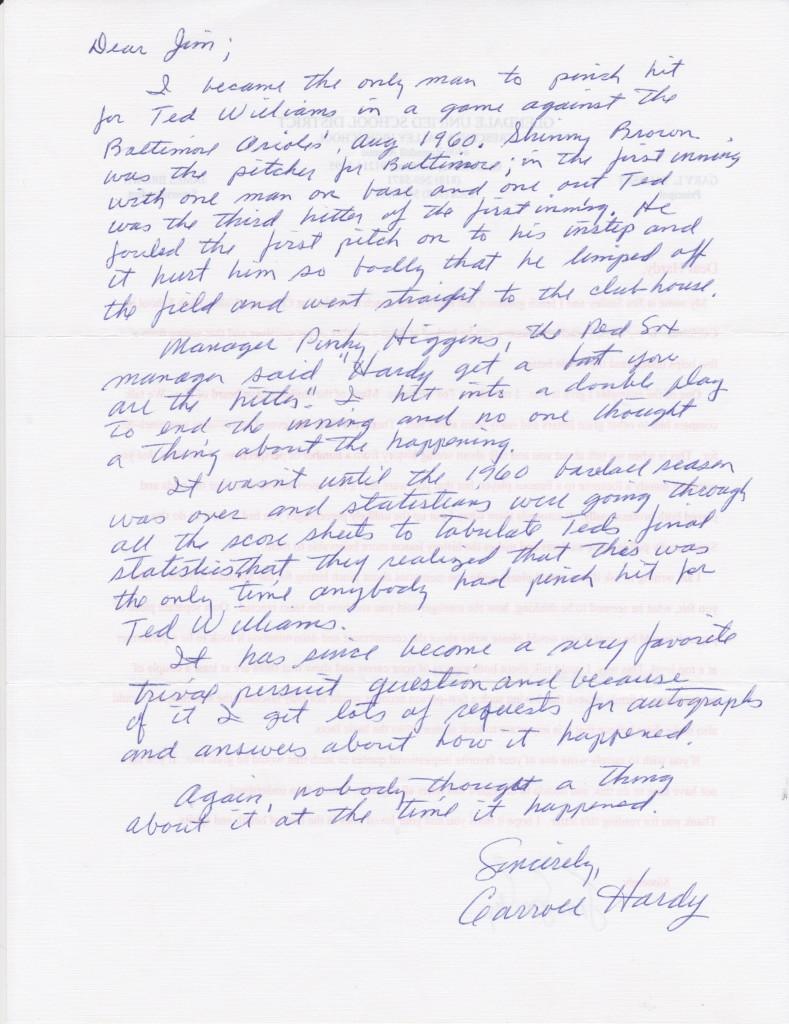
Carroll Hardy is the only man to pinch hit for Ted Williams
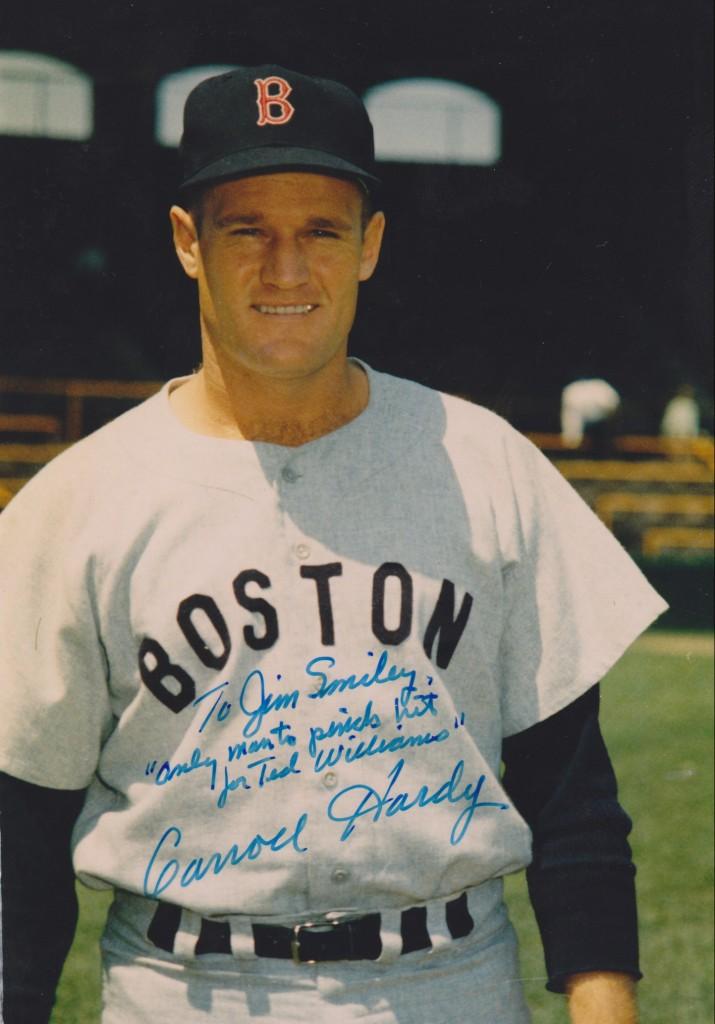
Carroll Hardy played for four teams in his six-year big league career
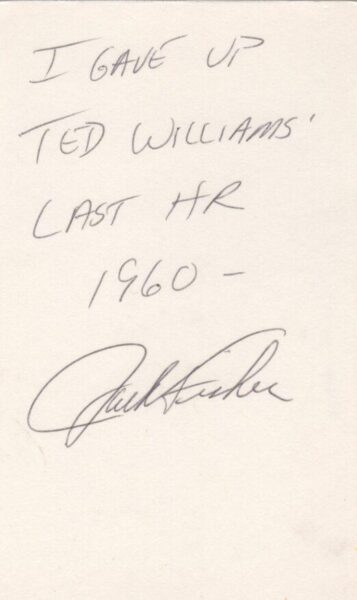
Ted Williams hit a home run in his final at bat on September 28, 1960
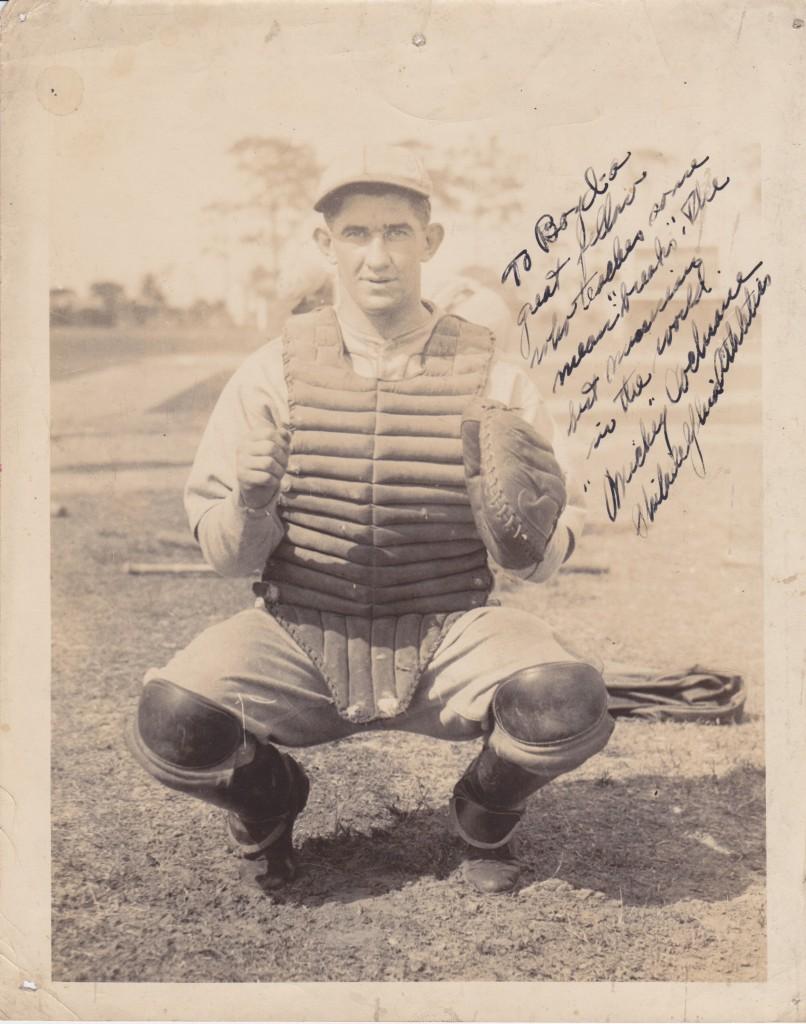
Williams is the second Cooperstown man to homer in his final at bat
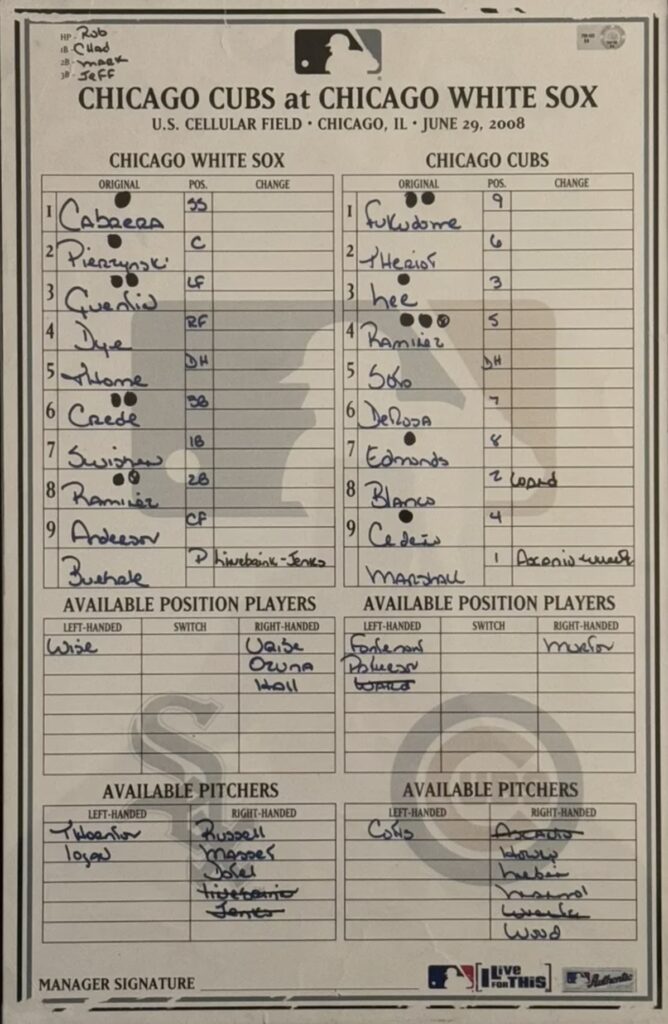
Only Babe Ruth & Jimmie Foxx had more homers when Williams retired
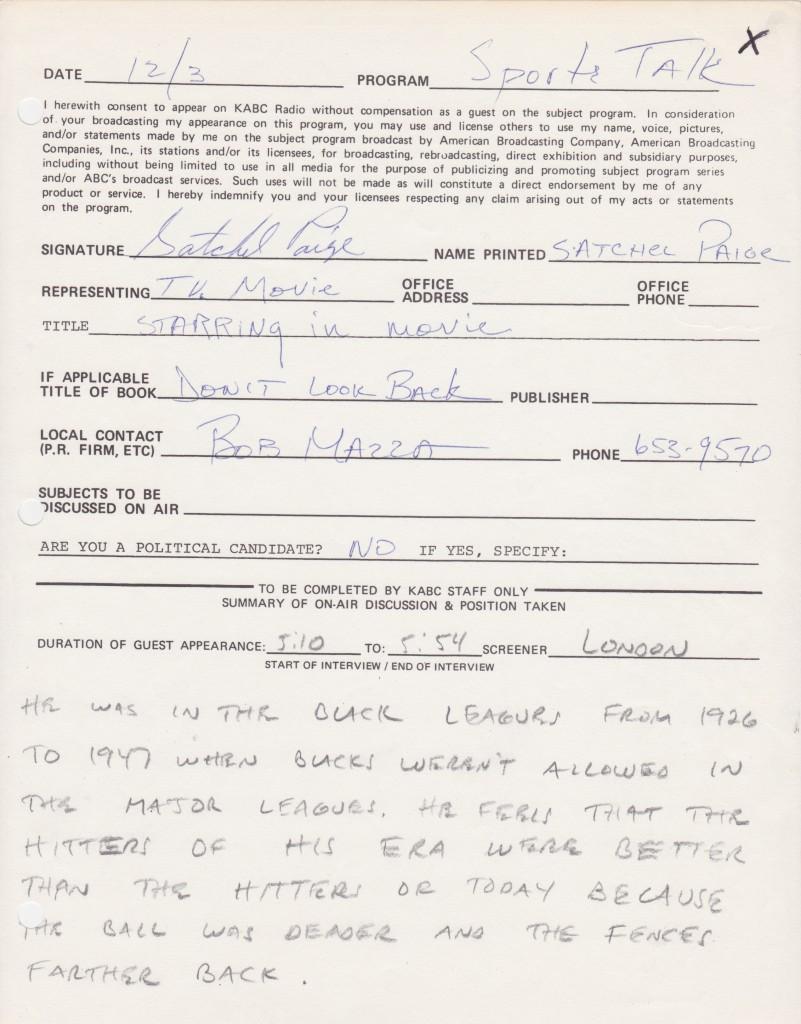
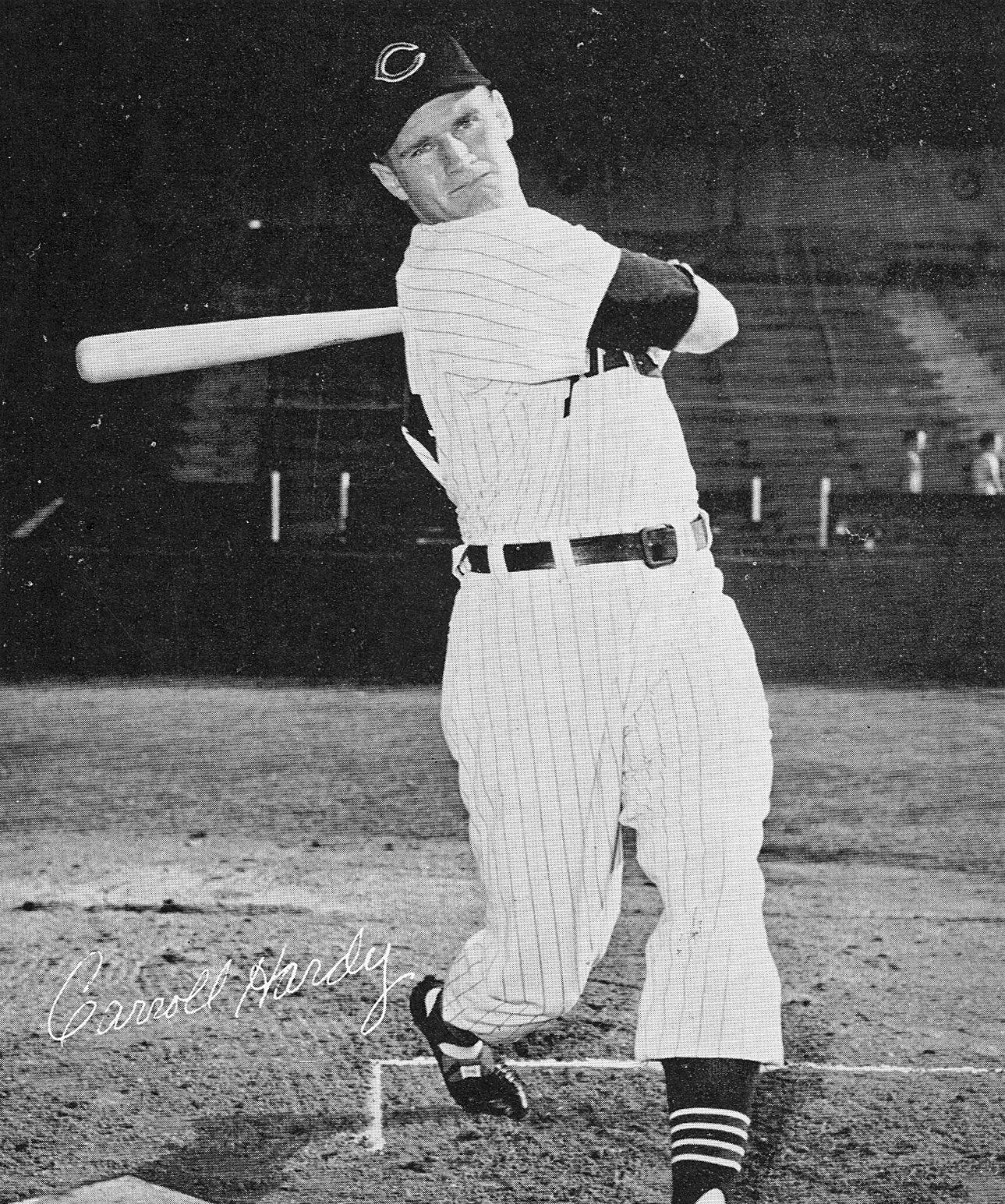
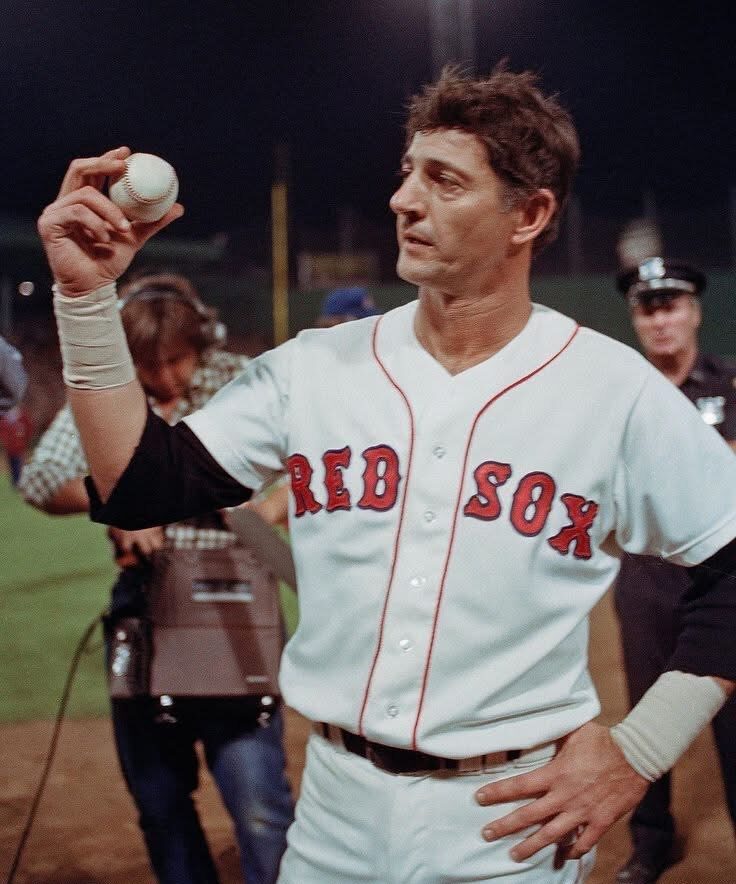
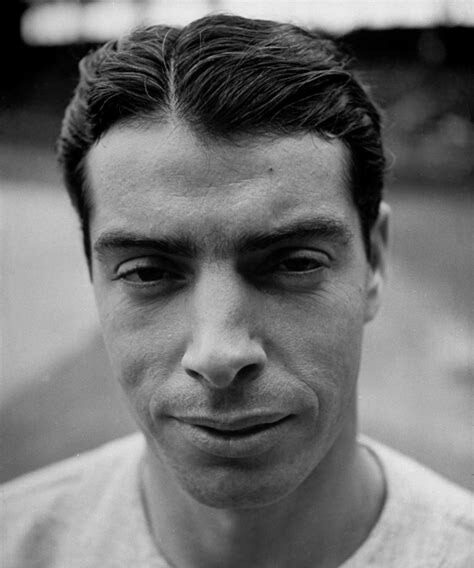
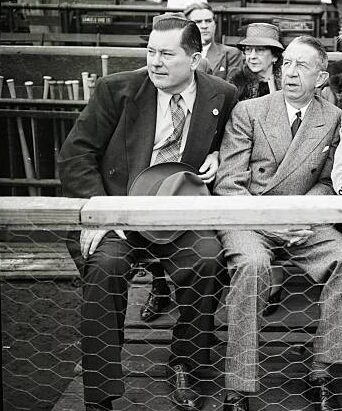
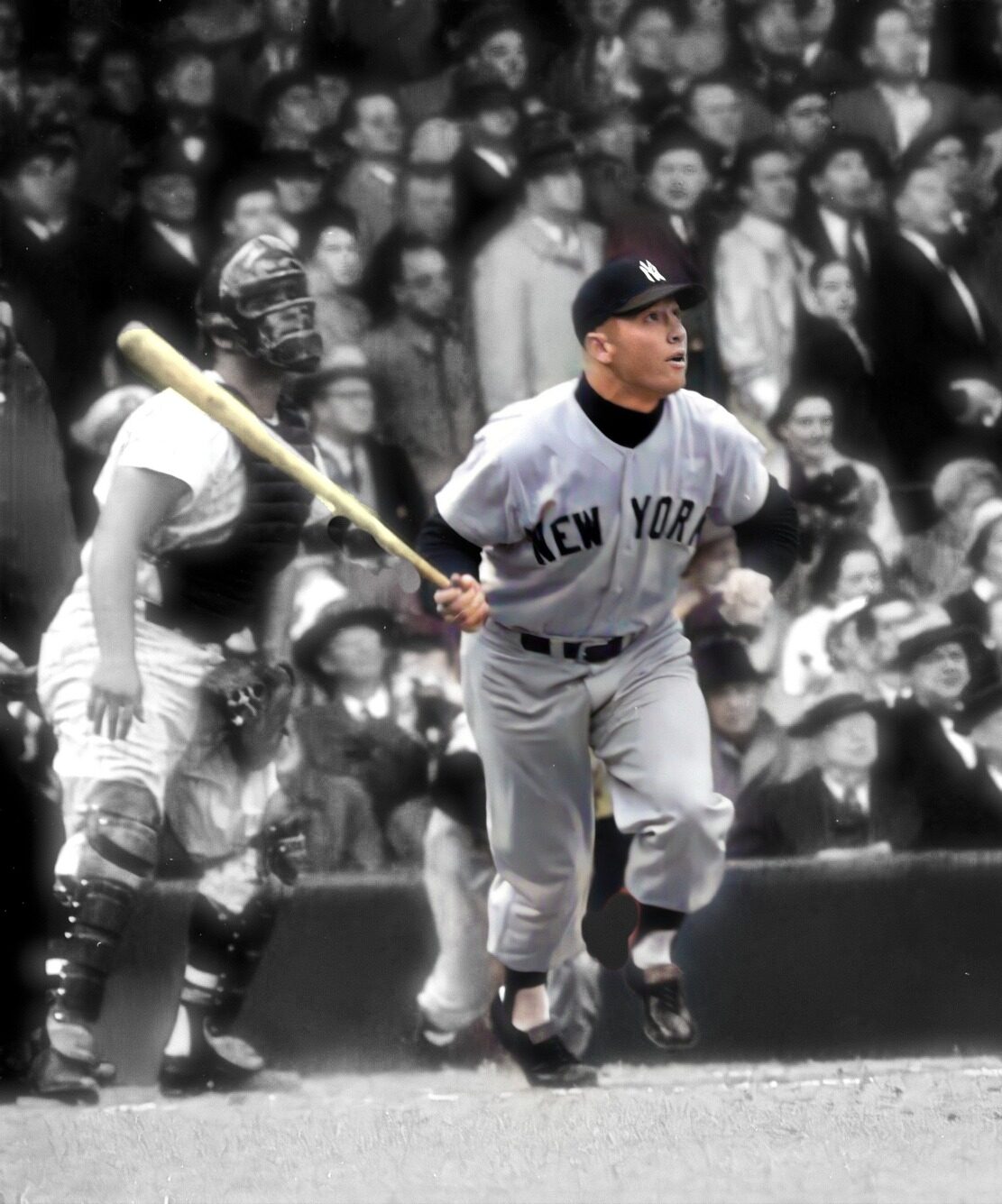
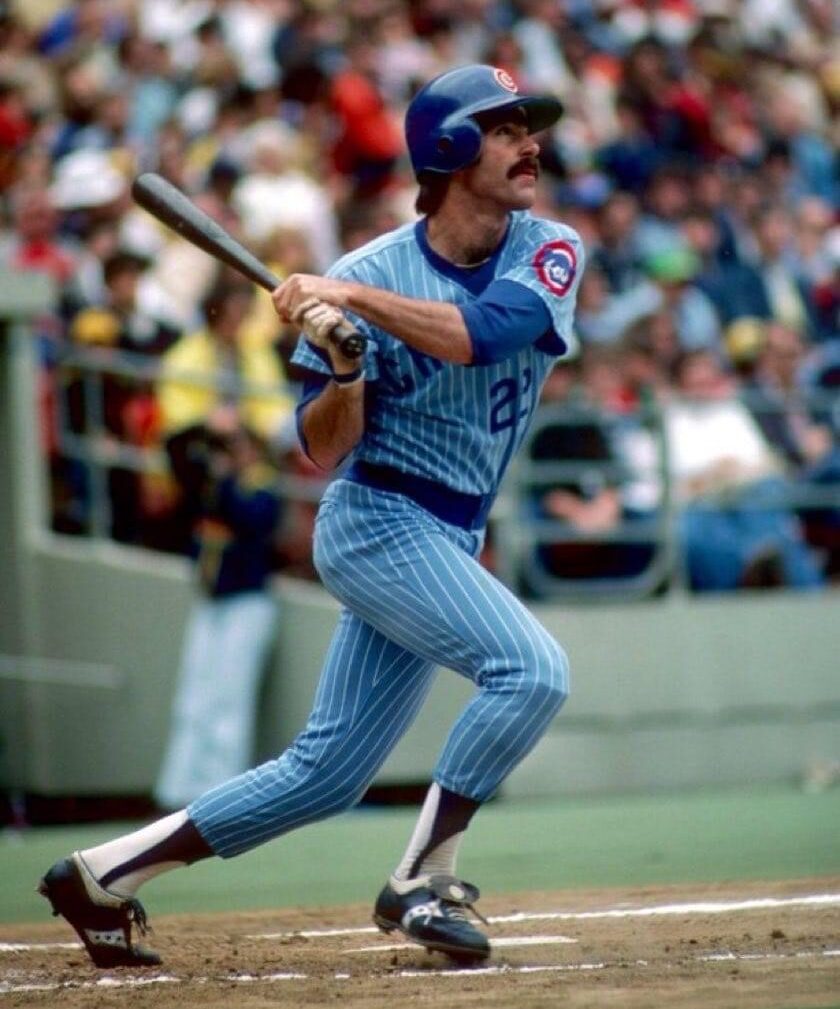
Ted Williams was the best hitter in baseball history, with apologies to Babe Ruth. Ted played AFTER integration against the best players America had to offer. That’s what separates him from the Babe.
Williams was certainly one of the best! Thanks for checking out our site.
I have a ted Williams picture. Williams is spelt wrong. Trying to find out what its worth?
Proud to be named after him. GOAT
He was the best hitter, but not the best player. When you take into account, fielding, baserunning, and throwing, Willie Mays is the GOAT hands down.
That reasoning is faulty The AL was barely integrated when Ted played.
I grew up in South Philadelphia during the 1940’s and saw Ted play at the old Shibe Park which later changed to Connie Mack Stadium and one Saturday after a game I made my way to the Red Sox locker room and there were 30 to 40 fans waiting there to get a glimpse of Ted and eventually Ted opened the door and saw the crowd and said “oh no” and closed the door but within five minutes he came out and told the crowd to stand back and one by one he called us up and signed his name for everyone. When the A’s left town I traveled to Yankee Stadium to see him play a waste of time as the Yankee’s would not pitch to the man it was ball one, ball two, ball three and then ball four. I used to write to Ted every year back in 1948 1949 and into the 50’s and I would get a reply every time I wrote him. Without a doubt he was the best hitter ever, in 1939 his first year in baseball he led the American in RBI’s with 145 and in 1942 he led both leagues in every major hitting category then lost 1943, 44 and 45 for the 2nd world war. He went to flight training and excelled so good at that he was made a flight instructor training pilots how to fly. Called back to the military for the Korean war he lost two years as he became John Glen’s wingman flying jets for 39 missions then returned and hit .388 and would of had another .400 year if he lost his speed and unable to run out some hard hit ground balls.
I’ll go with Mays any day. The best or equal to the best in all related skills including speed. Williams was awesome and old by the time I got to see him but in the same period these was another..Stan Musial. Pretty damned close and better in some of the non batting categories, although his batting was as good as it generally gets.
I saw Musial and Mays play and without a doubt Mays was the best all around player and Musial and Williams were so close in ability to hit, I remember the day Musial hit five home runs in a double header three in one game and two in another. One year Ted hit .369 and Stan hit .376 as they each won the batting titles. like I mentioned before Ted lost 43, 44 and 45 after a dominating year in 42 no telling what he would have done in the three lost years.
482 lifetime on base percentage. How could anyone argue with Ted Williams being the greatest hitter ever.